42 sources of electricity worksheet
Dec 07, 2021 · Electricity is the flow of an electrical power or charge from sources of energy like coal or oil. Basically, electricity helps us use daily items around the house so we have lights to see at night ... Retirement expense worksheet Monthly Expenses Name: Mortgage or Rent Address: Second Mortgage or Rent Condo or Association Fees Insurance Phone Number: Electricity/Gas Water/Sewer Waste Removal Maintenance/Repairs Clothing Lawn Care Personal Care Phone/Cell Phone Child Care Internet Elder Care Cable/Satellite Pet Care Other Alimony Child ...
People new to the study of electricity often misunderstand such basic principles, their errors usually based on folk wisdom like this. It is imperative to break through these myths with hard fact. In this case, Ohm’s Law serves as a mathematical tool we can use to dispel false ideas.

Sources of electricity worksheet
Jul 23, 2019 · Almost everything humans do, from growing food to manufacturing products to generating electricity, has the potential to release pollution into the environment. Regulatory agencies charged with protecting the environment identify two main categories of pollution: point-source and nonpoint-source pollution. List the non-renewable sources of energy. (Teachers can list these on the board with help from students. Ex. Renewable – solar, wind, etc.) UNDERSTAND . Explain the difference between a renewable and a non-renewable energy source. (Class discussion) ANALYZE . Categorize a list of sources of energy (water, wind, coal, natural gas, etc.) into the You will find that there are many different sources and types of sources of electrical power. In each case, try to determine where the ultimate source of that energy is. For example, in a hydroelectric dam, the electricity is generated when falling water spins a turbine, which turns an electromechanical generator.
Sources of electricity worksheet. Current electricity is the form of electricity which makes all of our electronic gizmos possible. This form of electricity exists when charges are able to constantly flow. As opposed to static electricity where charges gather and remain at rest, current electricity is dynamic, charges are always on the move. You will find that there are many different sources and types of sources of electrical power. In each case, try to determine where the ultimate source of that energy is. For example, in a hydroelectric dam, the electricity is generated when falling water spins a turbine, which turns an electromechanical generator. List the non-renewable sources of energy. (Teachers can list these on the board with help from students. Ex. Renewable – solar, wind, etc.) UNDERSTAND . Explain the difference between a renewable and a non-renewable energy source. (Class discussion) ANALYZE . Categorize a list of sources of energy (water, wind, coal, natural gas, etc.) into the Jul 23, 2019 · Almost everything humans do, from growing food to manufacturing products to generating electricity, has the potential to release pollution into the environment. Regulatory agencies charged with protecting the environment identify two main categories of pollution: point-source and nonpoint-source pollution.

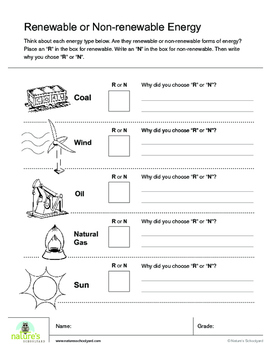

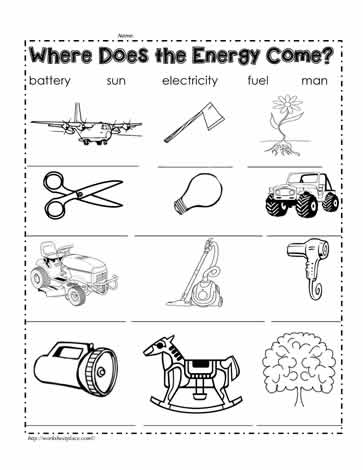



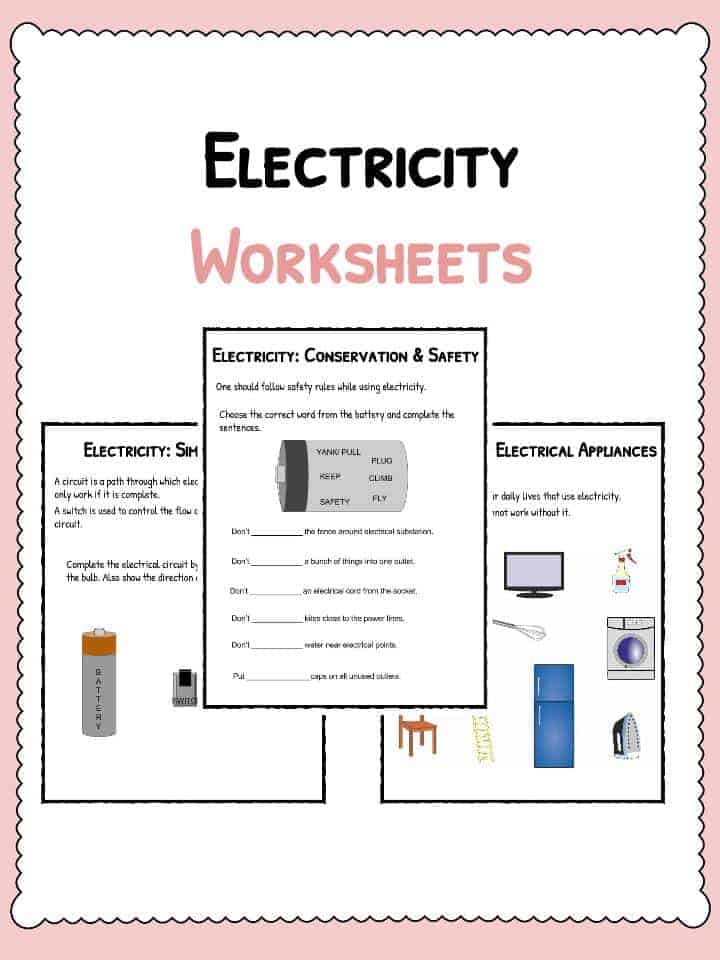
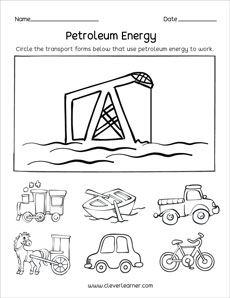




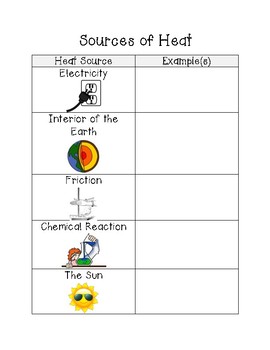



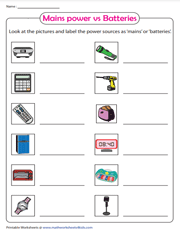
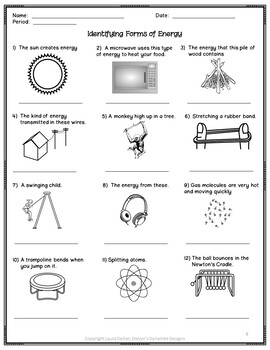


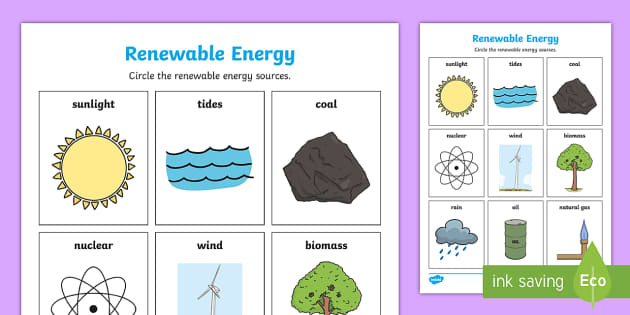


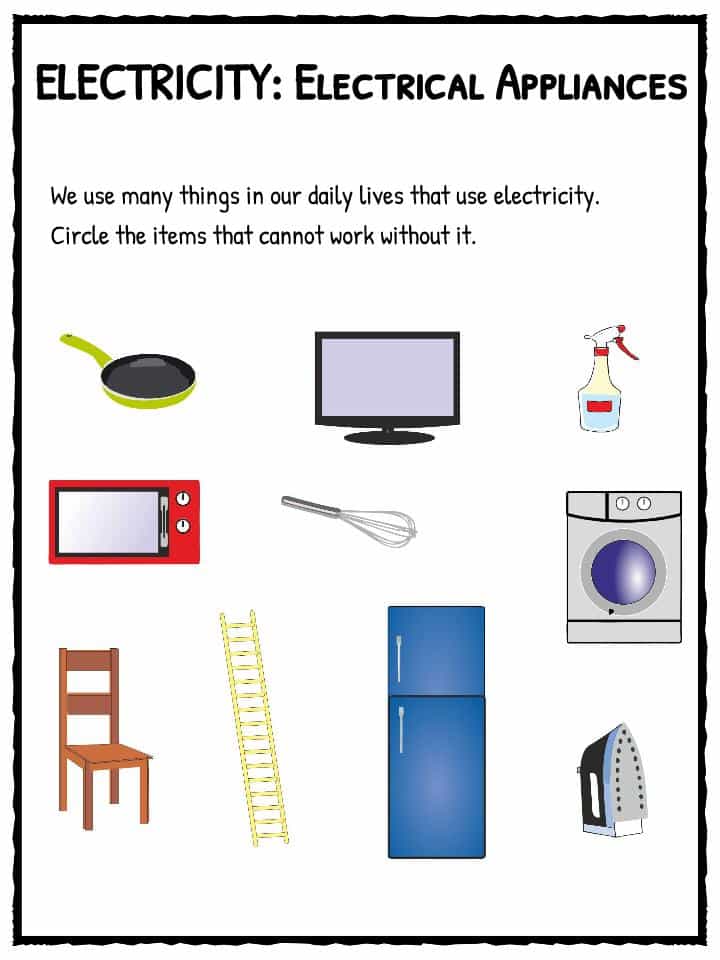


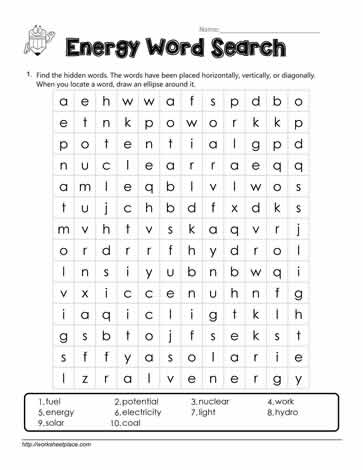
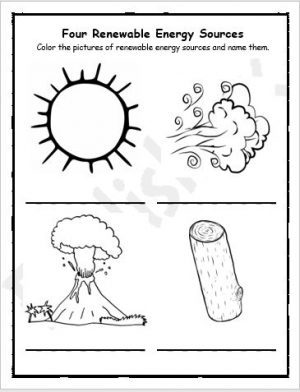
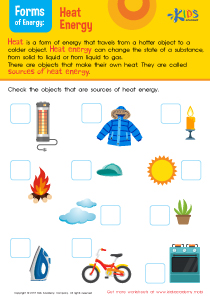
0 Response to "42 sources of electricity worksheet"
Post a Comment